Application
Quantum simulation architectures in HPC systems
Quantic
Group description:
Quantum computation is becoming a reality. As a discipline combining multiple areas of research, it serves as a novel paradigm of computation and provides at the same time novel tools to understand physical phenomena. It brings novel techniques for solving problems in either a classical or Quantum description.
Around the world, several research laboratories and computer-based companies are developing the first prototypes of quantum computers using diverse physical systems. At this stage of development, Quantum Computation theory moves along the developments and limitations of novel Hardware to better exploit its current capabilities.
QUANTIC research focuses on the application of Quantum computers to hard scientific problems. These may be formulated from fundamental principles, or by an affective optimization function. Using novel algorithms they address these problems optimizing resources devoted to their slution. Additionally, they exploit the full power of current classical devices to develop novel simulation tools for Quantum systems in HPC systems.
The group is made up of the following researchers: Artur García Sáez, Alba Cervera-Lierta, Axel Pérez Obiol Castaneda, Berta Casas I Font, David López Nuñez, José Ignacio Latorre Sentis, María Cea Fernández, Sergi Masot I LLima and Sergio Sánchez Ramírez.
Activity description:
The activities of the Quantic group at BSC focus on two main areas: the design of new quantum algorithms and the implementation of quantum simulators on HPC systems. The subtasks to be carried out are as follows:
- Development of HPC simulators that allow the reproduction of the behaviour of quantum algorithms using the parallelized architecture of supercomputers. These simulators will facilitate the design of circuits and algorithms for developers, reproducing the operation of ideal computers (without noise), offering traceability of the steps to be executed, as well as a reference for experimental developments.
- Application of these simulators and other classical-quantum hybrid architectures to the development of algorithms with applications in finance, computational chemistry, industrial optimization, and fundamental physics.
Results
Nuclear shell-model simulation in digital quantum computers Journal Article
In: Scientific Reports, vol. 13, 2023.
Multi-dimensional Fourier series with quantum circuits Journal Article
In: Physical Review A, vol. 107, iss. 5, pp. 15, 2023.
Modern applications of machine learning in quantum sciences pre-print
2022.




